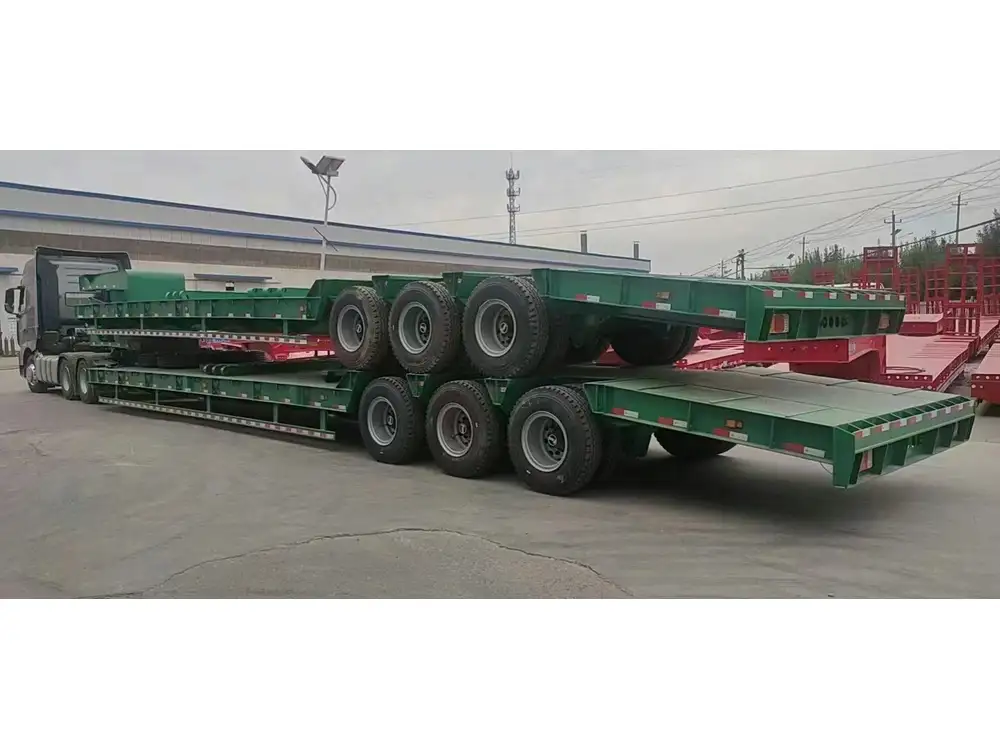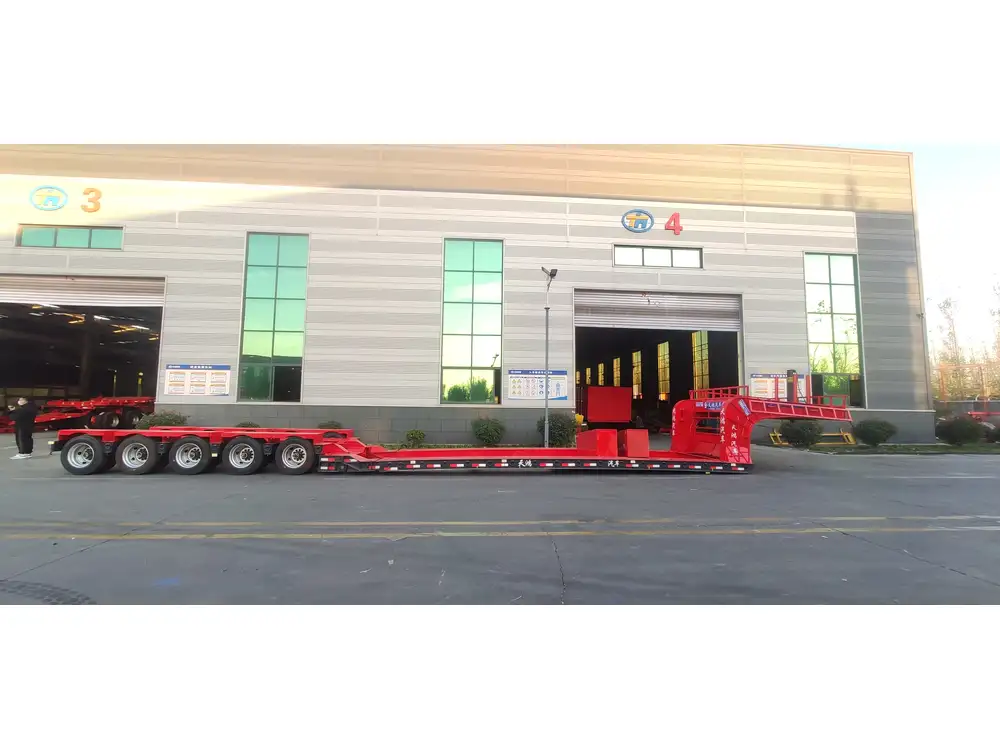Removing the black water tank from a travel trailer is a task that can seem daunting for many RV owners. However, with the right knowledge, tools, and approach, it can be accomplished efficiently. This article provides a detailed step-by-step guide that will ensure you have all the information necessary to proceed with confidence.
Understanding the Black Water System
Before diving into the removal process, it’s essential to grasp the basics of the black water system in a travel trailer. This system is responsible for collecting waste from your toilet and transporting it to the black water tank. Proper maintenance and timely removal of the black water tank can prevent clogs, odors, and other unpleasant issues. Here are key components involved:
| Component | Description |
|---|---|
| Toilet | The fixture used for human waste. |
| Black Water Tank | The holding tank where waste is stored; made from durable materials like polyethylene. |
| Sewer Hose | The hose used to connect the black water tank to a dump station. |
| Vent Pipe | Allows gases to escape from the tank, preventing pressure build-up. |
| Flush System | In some models, a built-in system for rinsing out the tank. |
Tools and Materials Required
Gathering the proper tools and materials is crucial for a smooth removal process. Here’s a comprehensive list:

Tools
- Socket Wrench Set (specific sizes may vary)
- Screwdrivers (flathead and Phillips)
- Pliers (for grip and manipulation)
- Utility Knife (for cutting hoses, if necessary)
- Drill (with appropriate bits)
- Water Hose (for rinsing)
- Safety Goggles (to protect eyes)
- Gloves (to keep hands clean)
Materials
- New Tank Gaskets (should you need to replace them)
- Replacement Seals (if needed for reinstallation)
- Lubricant (for easier reassembly)
- Trash Bags (for waste disposal)
- Cleaning Supplies (to maintain cleanliness post-removal)
Step-by-Step Process to Remove the Black Water Tank
Let’s break down the removal process into manageable steps.

Step 1: Preparation
Ensure Safety First:
- Put on gloves and safety goggles.
- Clear the area around your travel trailer for ample workspace.
Empty the Tank:
- Before attempting any work, make sure the black water tank is completely emptied at a designated dump station. Follow proper procedures to avoid spills.
Step 2: Disconnecting the Tank
Locate the Access Point:
- Find the access hatch or panel which is typically located beneath the trailer or within a designated compartment.
Identify Connection Points:
- Visualize the connections—usually involves securing bolts or screws at the black water tank’s brackets.
Loosen the Bolts/Screws:
- Using a socket wrench or screwdriver, carefully unscrew the fastenings securing the tank.
| Connection Type | Tool Required |
|---|---|
| Bolted Connections | Socket Wrench Set |
| Screwed Connections | Screwdrivers (Flathead and Phillips) |
Step 3: Detach the Hoses
Disconnect the Sewer Hose:
- Carefully twist and pull the sewer hose away from the tank. You may need to use pliers for a better grip.
Detach the Vent Pipe:
- Remove the vent pipe if applicable. This will usually involve unscrewing it at its connection point.

Step 4: Remove the Black Water Tank
Support the Tank:
- If the tank is large or heavy, ensure you have a second person to help lift it or a jack to provide temporary support.
Gently Slide the Tank Out:
- Tilt and maneuver the tank to free it from its fixed position. Ensure to maintain control to avoid spilling any residual waste.
Inspect for Damage:
- Once the tank is removed, inspect for any damages or leaks. This is also the perfect time to clean the surrounding area.
Step 5: Cleaning and Maintenance
Thoroughly Clean the Area:
- Use disinfectants and cleaning agents to clean the surrounding areas to maintain hygiene.
Inspect Connections:
- Check hoses, brackets, and gaskets for wear. Replace any damaged components before reinstalling the new or cleaned tank.
Reinstalling the Black Water Tank
Once the old tank is fully removed and inspected, or after cleaning and maintaining the tank, you may want to reinstall it or replace it with a new one. Follow these steps:

Step 1: Prepare the Tank for Reinstallation
Fit New Seals and Gaskets:
- If you’ve opted to replace any seals or gaskets, ensure they fit properly.
Clean the Tank Thoroughly:
- Rinse and clean using specialized tank cleaner solutions before reinstalling.
Step 2: Reattach the Tank
Position the Tank:
- Carefully slide the tank back into place, ensuring it is aligned with the brackets.
Secure with Bolts/Screws:
- Reattach and tighten all bolts/screws. Use a socket wrench or screwdriver as needed, ensuring the connections are snug but not overly forceful.
Step 3: Reconnect Hoses
Reattach the Sewer Hose:
- Firmly attach the sewer hose, ensuring there are no gaps that could lead to leaks.
Reconnect the Vent Pipe:
- If removed, reattach the vent pipe securely to allow proper ventilation.

Step 4: Final Check
Inspect the Connections:
- Double-check all connections to ensure everything is secured properly.
Conduct a Test Run:
- Fill the tank with a small amount of water. Check for leaks around the connections and repair as necessary.
Tips for Effective Maintenance
- Regular Inspections: Regularly check your black water system, including the tank, hoses, and connections, for signs of wear and tear.
- Use Tank Treatments: Employ treatments specifically designed to break down waste and odor control to maintain tank health.
- Ventilation: Properly ventilate the tank to prevent gas buildup and maintain air quality within the travel trailer.
Conclusion
The importance of understanding how to remove and maintain your black water tank can’t be overstated. By following this comprehensive guide, RV owners can ensure their black water system remains functional, safe, and hygienic. Proper maintenance prevents many common issues and promotes a healthier travel experience. Whether you’re repairing your existing tank or exploring replacement options, remember that a well-maintained recreational vehicle is a gateway to countless adventures on the open road.
By embracing these maintenance tips and adhering to the outlined steps, you can take the mystery out of black water tank management, making your journeys not only enjoyable but worry-free.



